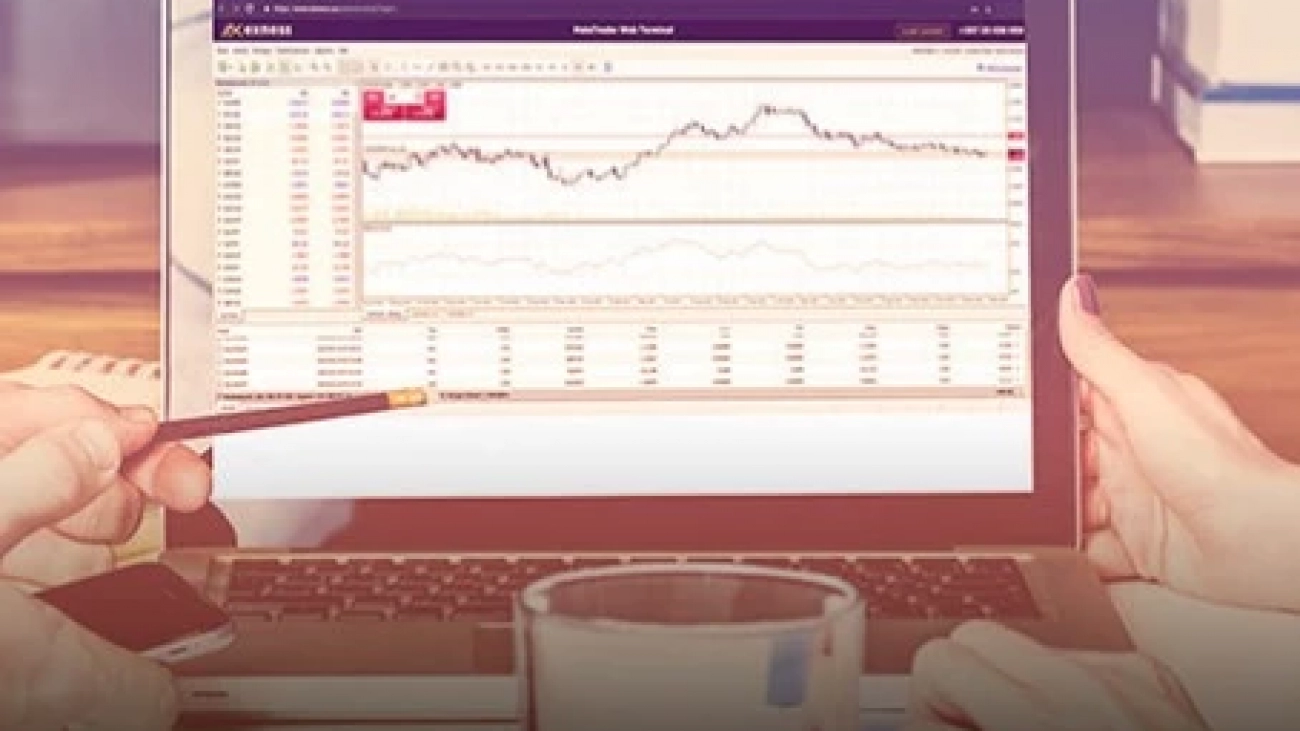
As a new trader, have you ever felt a little overwhelmed by your trading platform? Like with most software suites, the first encounter can seem confusing and even demotivating, but don’t worry. When it comes to learning how to use all the trading tools available on your platform, you can master them in a relatively short time just by experimenting with your Exness demo account. However, there are five terms in the lower window of your trading platform that need a little more explanation as they often cause a little confusion for the average newbie.
After you’ve read this article, open up your trading platform and see how these figures interact with your orders and each other. Understanding the numbers and calculations you see on your platform will definitely give you confidence and even help you to place trades that better suit your trading budget.
What the trading platform doesn’t show you
Before we can get to those all-important amounts displayed on the lower section of your trading platform, we need to understand one figure that you can’t see when setting orders. Leverage! Your leverage setting depends on which account you are using. Exness allows you to have multiple trading accounts in a single personal area. This is so you can customize your trading conditions to match the currencies you are targeting.
It’s very hard to target serious profits if you only have limited funds to trade with. For example, if you have $100 in your account, the maximum market position you can have is $100, which won’t generate much profit—unless you catch the beginning of a huge price increase. Exness solved this problem by offering a wide range of leverage options. This way, a trader who funded their account with $100 and has a l:100 leverage setting can effectively open a $10,000 order. Higher leverage means your orders are sensitive to even the smallest changes in market prices, which can create attractive profits, but it can also cause rapid and significant losses. Consider which leverage is right for you very carefully. Now you know about leverage, let’s see how it applies to the amounts shown near the bottom of your trading platform.
Balance
Your account balance is the easiest of the five figures to understand. It is simply the amount of money in your account, without taking into consideration the profits and losses of your current open orders. This number only changes when you deposit, withdraw, or close a trade. It does not react to the second-by-second price shifts.
Equity: (margin + free margin) and/or (balance +/- profit/loss)
Equity is the sum of your balance and your open orders. It shows the amount of funds that you will have if you close all open orders at that moment. Take a look at your balance, then add or subtract the total result of your open orders. That’s equity.
Margin: (Lot x contract size / leverage)
Fore margin is a portion of your trading funds that becomes frozen or temporarily inaccessible whenever you set orders on your trading platform. Trading margin is calculated based on the size of your open orders divided by your leverage setting.
The margin amount shown on your trading platform is not a fee. Think of it like a car rental security deposit. If nothing goes wrong for the duration of your contract, then you get your money back. Likewise with trading, if you choose the right price direction or close the order at the first sign of danger, your margin will remain untouched.
Free margin: (equity – margin)
How much money is available in your trading account for opening more orders? Free margin shows the amount of usable funds and changes as your profits or losses change. The level of free margin on display should always influence how large your orders can be. Keep in mind that the higher the leverage, the lower the margin required for each order.
Margin level (equity / margin) x 100)%
This is a number you should watch to avoid getting stopped out. Stop out is the level at which your broker will start closing your losing positions. So long as your margin level stays above 100%, you’re in control. If, however, you trade with an ECN account and your margin falls to 50%, some of your positions will be closed automatically.
6 key points to remember
Set your leverage based on how volatile your targeted trading pairs are. The larger the volume and liquidity, the higher you can set leverage.Your balance and deposits should reflect your current financial circumstances. Don’t overextend your lifestyle or bank account to trade at a higher level. Follow a risk management strategy and start low and slow.If your trading strategy requires you to raise your account balance on a daily basis, equity will show you when it’s time to close your orders and call it a day.Whenever a trade turn negative, margin will act as a benchmark for the broker to send you a margin call. Note: Margin call is a notification informing you to add funds or close your orders before your funds are depleted).If you are a more conservative investor, try and keep your free margin equal to around 80% of your equity. Overextending your trading activities to the point where a loss could wipe out your funds is a common rookie mistake. A Stop Loss or pending hedging order can ensure that rule remains unbroken, even when you are not monitoring your trades.If your margin level drops close to 100%, consider closing the open orders that seem to have the least potential.
Write what’s right
Remembering all these terms can be tricky, so be sure to put these observations in your trading journal. Take notes on how these tips affect your trading performance. With every learning opportunity, you are one step closer to becoming a professional trader. Set aside some time to explore your trading platform, and expand your trading budget as your experience and confidence increases.

